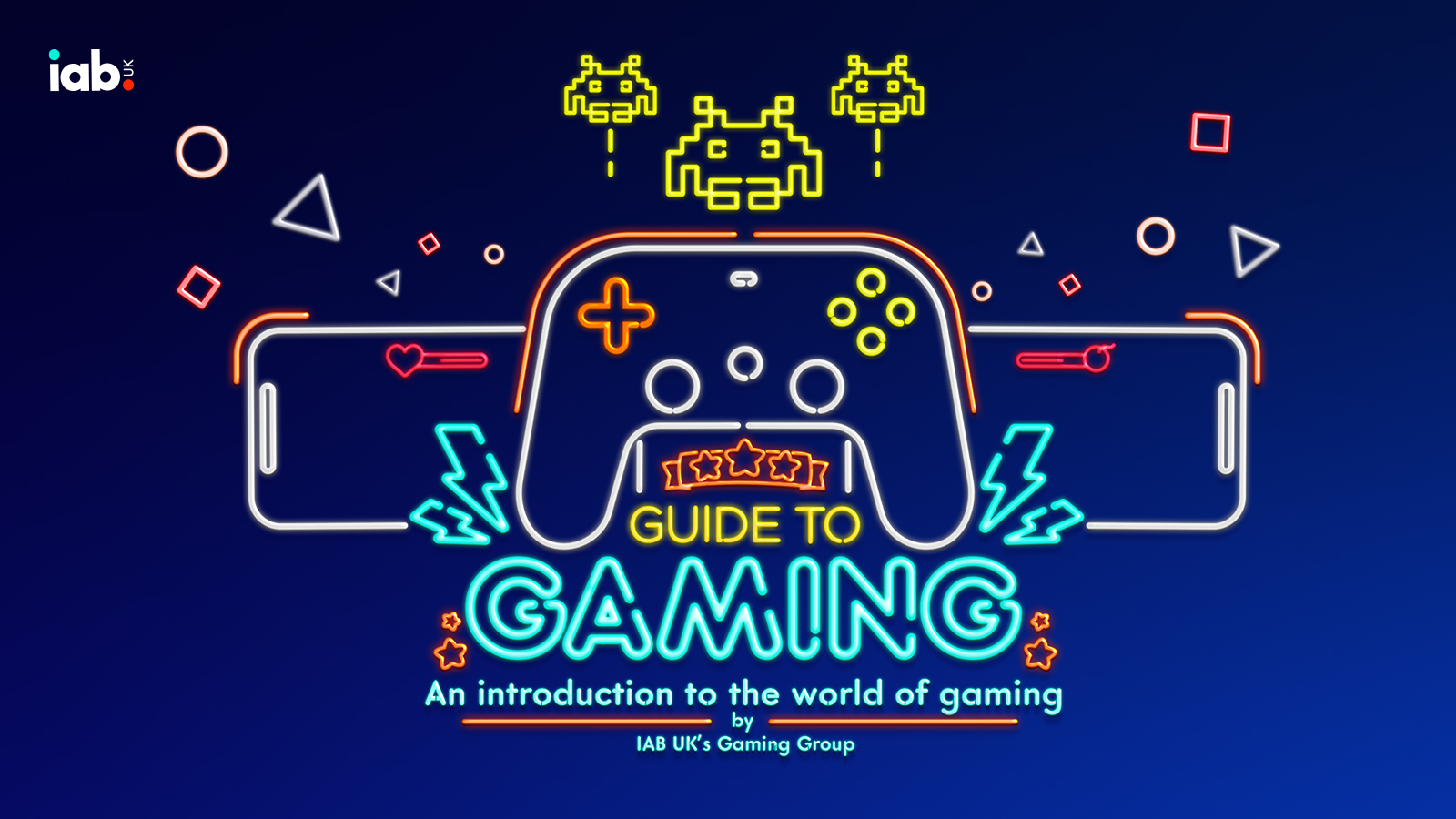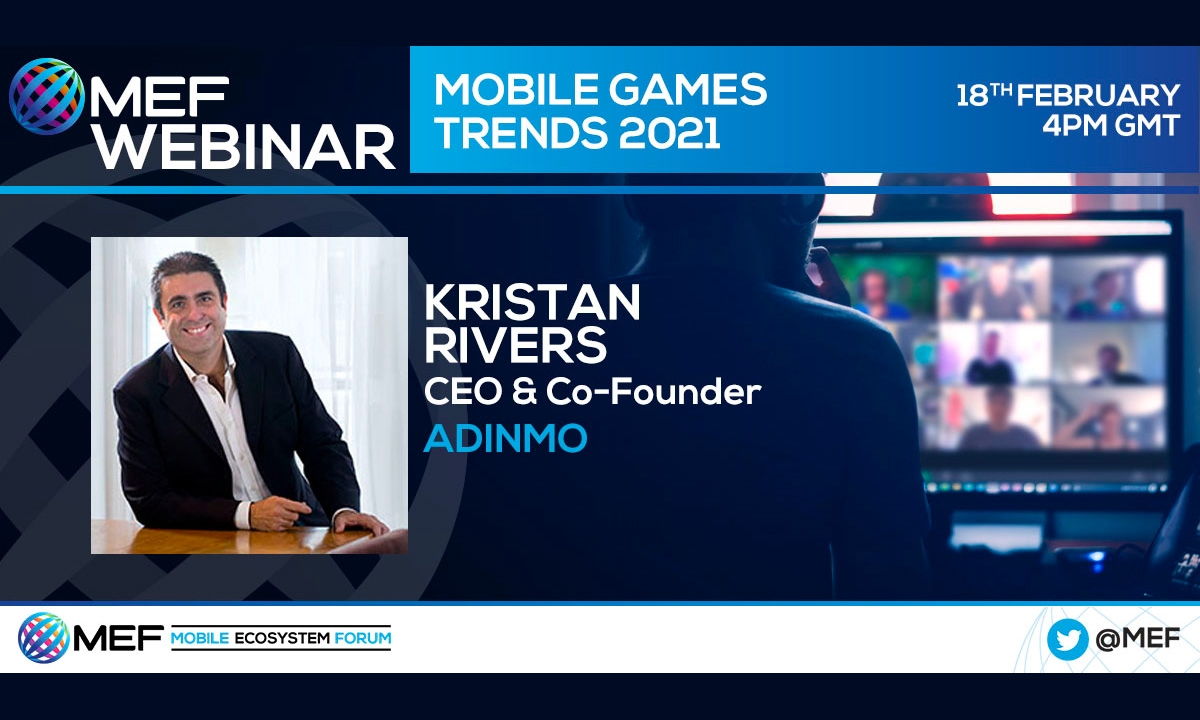Bring it on. Driving change in the ad-ecosystem.

Last week, AdInMo’s Ad Ops Director, Reece Eaton, was at ATS London 2022.
The ad industry’s favourite event (Cannes who…?) put the quest to create consumer-centric, privacy-first marketing front and centre, and Reece shares his takeaways on the solid progress made.
ATS demonstrated once again that collaboration between brands, agencies, tech providers and supply is the key to tackling new challenges in the ecosystem. As with RTB protocols, measurement and supply chain objects previously, the adtech industry is not scared, but rather one step ahead of the evolution of cookie depreciation in a privacy first, programmatic ecosystem. Agencies are supporting brands in rethinking campaign performance metrics to put business outcomes at the forefront. Tech providers are innovating on both sides of the fence as the advertising industry moves towards a more sustainable supply chain. And the supply side is focusing on innovative ways of presenting audiences by using first party data to deliver addressability, at scale.
Laura Collins Digital Performance Director – from Omnicom Media Group referred to programmatic and how agencies have been used to an ‘all you can eat buffet’ of programmatic ads but now the focus needs to shift to quality of data not quantity.
Through first-party data, the supply side and tech vendors are creating quality addressable audiences that are scalable and developing better tools for creating seller defined audiences. Emily Hart from AKA UK underlined connecting advertisers with their audiences in the right place at the right time is still important and the panel highlighted that contextual targeting enables smaller publishers and new formats such as games into the mix. Jan Montwill from H&M and Olya Dyachuk from Heineken both spoke about utilising in-game audiences with success.

Meanwhile, experts from Realm, Xaxis, PHD and IPONWEB discussing the New Service Layer, spoke about fragmentation within the technology used to execute campaigns and the complexity around programmatic when it comes to specific platforms within each campaign. There were some great examples given where, brand campaigns are using dynamic creative optimisation to ensure the creative executed, speaks to every touchpoint in the plan.
In order to execute campaigns in the future, agencies will need to develop new skill sets to match the platforms e.g. VR. Izzy Rivers from B2B agency Realm noted that agencies built around specialisms with shaped teams and products will need greater agility to fulfil Chief Marketing officers requirements in the future. Additional changes within the service layer will allow brands and agencies to better activate multi platforms including in-game advertising.
And as the user interaction on each platform evolves, measurement is also changing, with attention getting a lot of attention at ATS. Additional metrics such as dwell time are more appropriate to understanding overall business outcomes. Some users will never be counted in the last click attribution model but, brand engagement is so strong when they stand in the metaverse and watch a new video ad drop on an integrated billboard or they call into their headset “hey guys, let’s head to Nikeland and make some trainers” while playing Roblox.
The tactics used to define, where customers have come from and which creatives are contributing to which performance metric, are being re-calculated with new econometrics and media mix modelling. With ads that have high attention and dwell time metrics being proven to perform well in brand uplift studies, the last click attribution model is finally becoming less important in determining where programmatic ad spend is distributed.
It is fair to say that reporting and measurement has always started with media quality and it was clear from ATSL22 that this must now include environmental and social responsibility. Media quality not only includes addressability, viewability and consent frameworks, but it was fantastic to see how companies are thinking about how we measure and reduce the carbon footprint of the ad inventory we buy and sell.
A single video asset delivering 100,000 impressions in the UK can produce up to 5.4 tonnes of carbon dioxide. A green challenge for programmatic, as we scale up in-game advertising and a ‘spilt coffee’ moment when considering our individual carbon footprint in adland.
More…
“Gamers are not who brands think they are”
On 18th February our CEO Kristan Rivers will participate in an industry panel hosted by the Mobile Ecosystem Forum looking at the top trends for mobile games in 2021. One of his fellow panellists will be Jonathan Stringfield, Global Business Marketing from Activision...
IAB UK Guide to Gaming
An introduction to the world of gaming by IAB UK's Gaming Group We are delighted to be part of IAB UK's Gaming Group who has just launched its Guide to Gaming to help advertisers better understand the vast opportunities gaming offers. It's packed with insights from...
AdInMo CEO joins mobile industry discussion with Activision & Omdia
We're excited to join a fantastic line-up of speakers on 18th February where our very own CEO Kristan Rivers will be chatting about InGamePlay brand advertising as one of the key mobile gaming trends of 2021. The mobile games market like many digital channels thrived...




